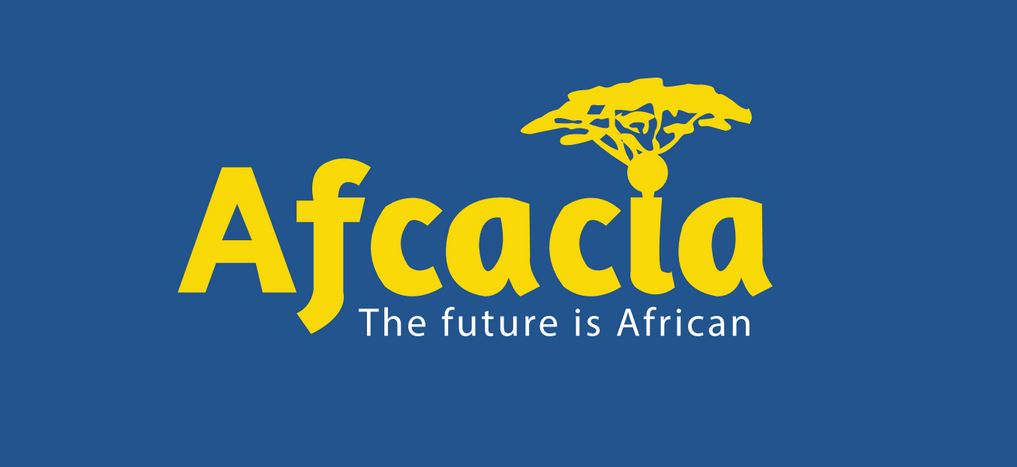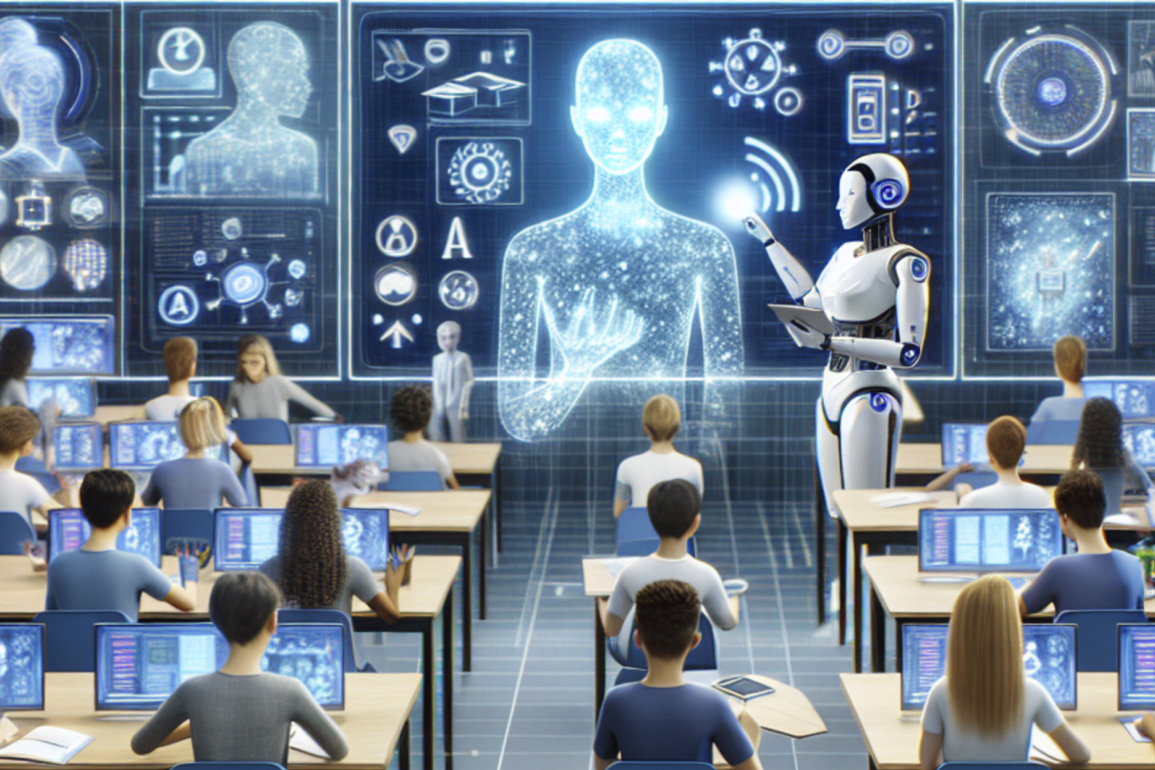In 50 schools across six European countries, a new experiment is underway: teachers are beginning to plan lessons with artificial intelligence, analyze test results through data science, and personalize education to individual students.
The initiative, known as AI Classroom, is a pilot project developed by Acer and Intel and already active in the United Kingdom, Spain, Italy, Bulgaria, Finland and Sweden, with Ireland and Poland set to join soon. The companies say the project will help teachers adopt AI as a practical assistant, not a futuristic abstraction.
“This is how teachers plan lessons with AI, use data science, and easily personalize teaching to students’ individual learning needs,” an Acer summary of the program said.
The effort combines Acer’s education-focused devices, such as the TravelMate AI and Chromebook Plus, with Microsoft Copilot and Google Gemini, both embedded into classroom use. The companies say the tools can support teachers in tasks ranging from creating interactive lessons to reviewing student performance data.
“Our priority is to empower teachers by providing content and tools that help prepare students with the skills of the future,” said Cristina Pez, Commercial Director B2B and Education at Acer EMEA. “Supporting the digitalization of schools means first and foremost enhancing the teacher’s role — with a direct impact on learning quality.”
The AI Classroom initiative runs alongside Intel’s Skills for Innovation (SFI), a training program that the European Commission has recognized as aligned with its digital competence framework. While SFI provides teacher training, lesson plans and a pedagogical structure, Acer’s AI Classroom supplies the devices and software.
“The primary goal of the Intel Skills for Innovation (SFI) program is to integrate skill-building activities into teaching and learning, with a strong focus on real-world applications,” said Luigi Pessina, Intel’s Director of Global Education Programs and Strategy.
Intel reports that the SFI program has already reached more than 300,000 teachers in 150 countries. In surveys, 85 percent of teachers said it boosted their confidence in using technology in the classroom, while 92 percent of students reported feeling more engaged.
But the push to introduce AI into schools comes with questions. Can teachers overwhelmed with daily demands integrate yet another layer of technology into their routines? Will students benefit equally, or will AI tools deepen divides between well-equipped schools and those with fewer resources?
Acer has developed “Starter Packs” — modular lesson plans built around age groups — to make the transition easier. Modules include STEM-focused design projects, digital well-being lessons, and sustainability challenges. “The goal is twofold: to support teachers’ professional growth and make students’ school experience more engaging and aligned with the modern job market,” said Roberto Rosaschino, Senior Business Manager Education at Acer EMEA.
Underlying the initiative is a larger concern: how schools can prepare students for a rapidly changing workforce. The World Economic Forum projects 170 million new jobs requiring advanced digital skills, creativity and critical thinking will be created globally by 2030. Acer and Intel argue their pilot programs show one way forward.
Whether these tools become essential parts of classrooms across Europe remains to be seen. For now, the AI Classroom is less about replacing teachers than it is about testing how far machines can go in supporting them.




